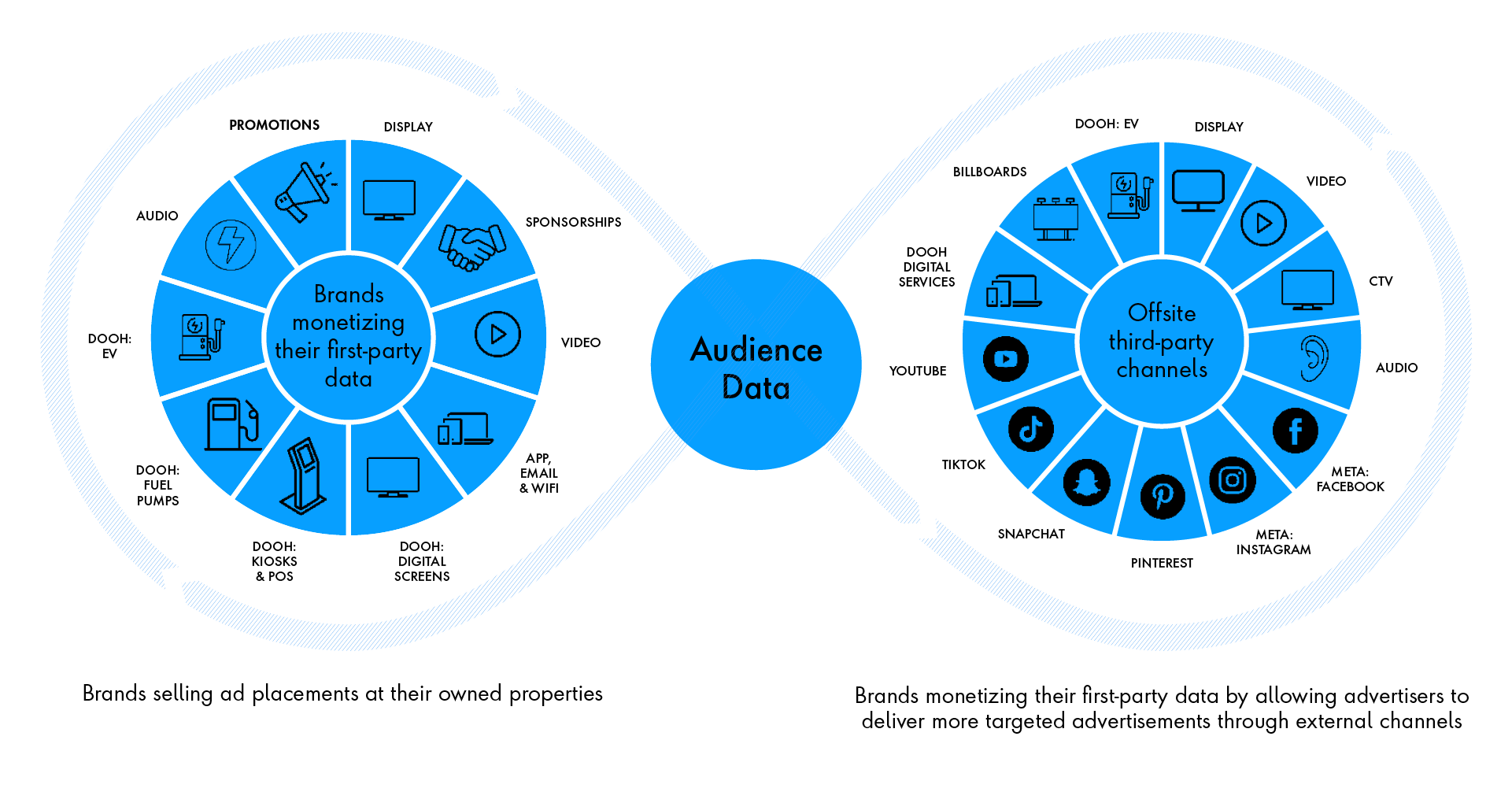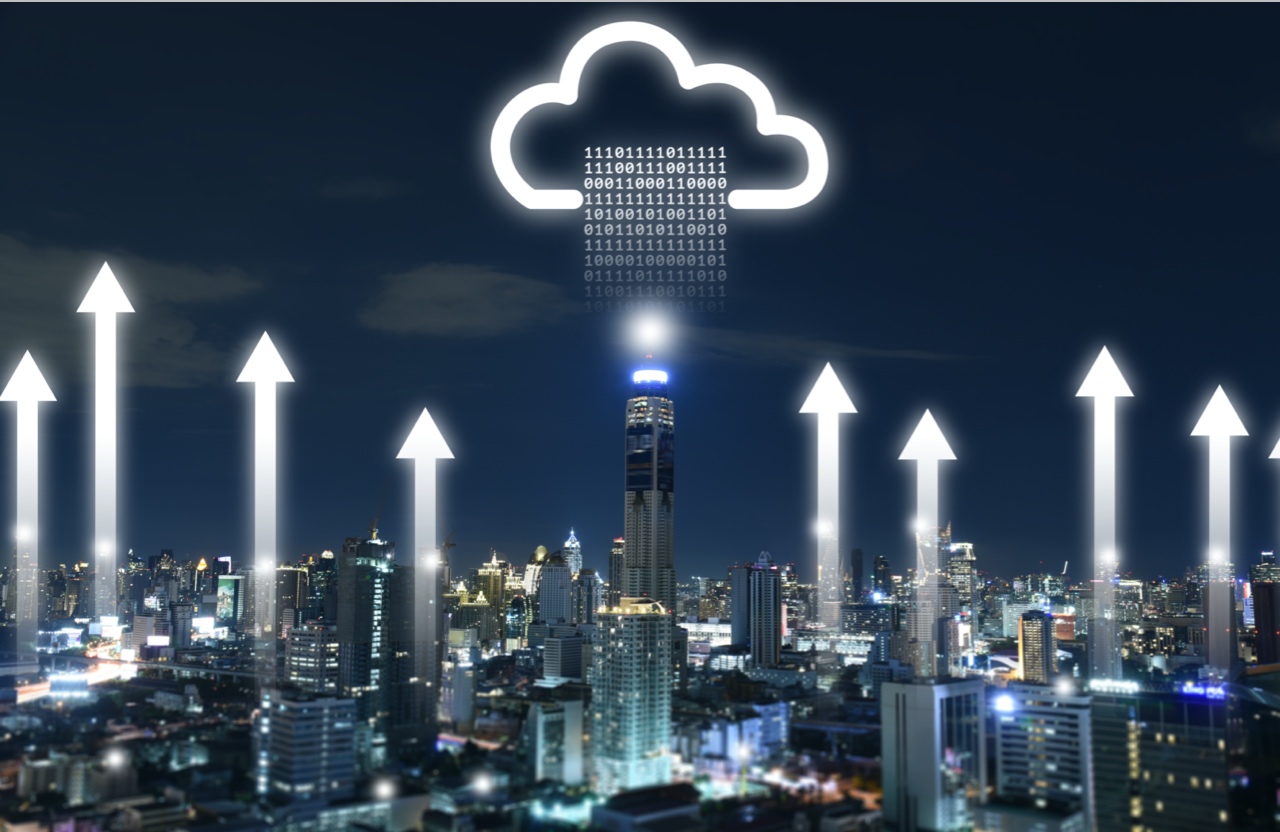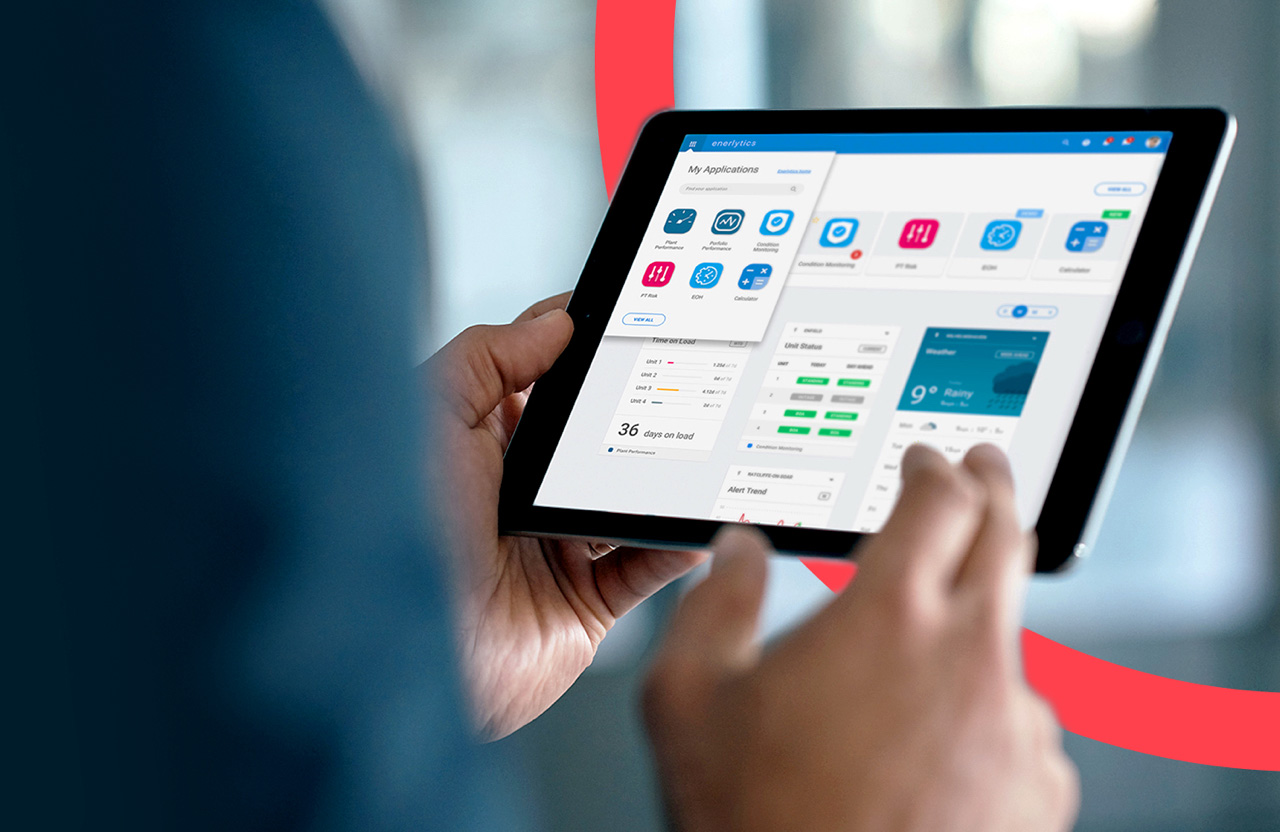What issue can we solve for you?
Type in your prompt above or try one of these suggestions
Suggested Prompt



Energy & Commodities
Fueling Success: How Media Networks Unlock Revenue for Fuel Retailers
Fueling Success: How Media Networks Unlock Revenue for Fuel Retailers
Craig Gosling

Executive summary:
- Media networks present the next big growth engine for fuel retailers: the opportunity to create a revenue line of up to $1 billion while building deep customer insights
- Media networks can provide insight into customer behavior, create high-margin revenue streams and enable modernization
- Fuel retailers will face unique opportunities and challenges when building their media networks
- By investing in data monetization and modernization, fuel retailers can unlock the full benefits of media networks
For decades, fuel retailers’ bread and butter has been fuel, as the regular need for gasoline has led to billions of trips to the pump. Yet the growth of electric vehicles and the transition to clean energy has challenged fuel retailers like never before.
How can fuel stations maximize outcomes while navigating this challenge? By reinvesting in retail growth with the help of media networks, which present an opportunity for organizations to grow business through non-fuel revenue and services.
Media networks enable diversification, growth and convenience
What are media networks? First and foremost, they are retailer-owned advertising platforms. Retailers can leverage customer data to engage targeted audiences through the advertising spots that they sell.
Indeed, data is the heart of media networks. It enables businesses to gain insight into their customers and understand how to better serve them. It also brings enhanced value to an organization, since data monetization opens up new revenue streams. With high margins and robust ROI, media networks give organizations the ability to monetize the information and relationships that they already own.
What does this mean in practice? Businesses can sell targeted advertising spots on their channels—such as kiosks, displays and apps—based on customer data. Due to the specialized nature of the advertising, media networks create a virtuous cycle wherein sales generate data, which in turn leads to more sales.
-

Figure 1: Organizations can reach their full potential and increase reach by leveraging both owned properties and offsite third-party channels
Media networks have already demonstrated their value to organizations of all kinds. As the fastest-growing advertising channel of all time, media networks will soon outpace television as an advertising platform: By 2028, advertisers are expected to spend more on media networks than television, representing a market share of 15.4 percent.
Media networks also promise growth for the companies who invest in them by opening opportunities, including:
-
![dollar sign in droplet]()
New revenue streams
Monetize data to maximize business outcomes and expand margins
-
![fuel pump]()
Insight into customer behavior and buying signals
Gain and leverage insights into customer buying patterns to better serve and target them
-
![truck]()
Value for franchisees
Attract business and increase customer visits
-
![talk bubbles with dollar sign in droplet converging]()
Adoption of data monitoring systems
Invest in next-generation data infrastructure to track, integrate and manage campaigns
-
How a large luxury retailer supercharged its revenue stream with media networks
Company A, a large luxury retailer, is a brick-and-mortar powerhouse that has spent more than a century building a strong base of loyal customers. In recent years, it has invested in its digital presence—including the construction of a media network.
With Publicis Sapient’s help, Company A built a media network from scratch. Over the course of three years, the organization realized more than $120 million in revenue through its multichannel media network, which also earned the distinction of being named one of the best in the United States.
Fuel retailers can reap the rewards of media networks
Fuel retailers are bracing for turbulence as the world transitions to clean energy. BloombergNEF anticipates that global demand for fuel will drop by up to 29 percent from its projected peak in 2027.
To prepare for turbulence, oil and gas companies can look for new revenue streams to offset any shifts in fuel demand. Thanks to their base of customers and network of locations and franchises, fuel retailers are perfectly positioned to enhance their revenue with the help of media networks. So, what exactly can media networks do for fuel retailers?
Transform customer experience through personalization at scale
Data-rich loyalty programs can provide a strong foundation for media networks. Fuel retailers can transform this data into valuable insights about customer behavior in order to capture the impulse buy and drive customers to the forecourt. This approach enables retailers to anticipate customer needs and deliver tailored offerings to them.

Create high-margin revenue streams
Fuel retailers have a built-in network of stores and, thanks to loyalty programs, already have access to customer data. They can leverage this existing network of stores and customers to connect advertisers with valuable insights. This increases traffic to fuel stations, which ultimately generates more fuel sales, creates cross-selling opportunities and drives revenue.
Become a key enabler of store modernization
Media networks can provide the initiative to drive modernization, including increasing investment into stores and developing new digital services, such as digital ordering. Such enhancements will reduce fuel retailers’ cost to serve, thus raising margins and generating more value.
-
Media networks in action
Data on consumer buying patterns can enable a company to zero in on a customer that frequently purchases energy drinks, for example. The company can target ads to that customer while they are at the pump, facilitating the impulse to buy an energy drink. Companies can then scale this model by targeting customers with similar profiles, giving them deals on the products they love while driving business to the store.
What challenges might fuel retailers face in building media networks?
Like any new investment, media networks may introduce certain challenges to fuel retailers that are building them. These challenges include:

Network and organizational fragmentation
Fuel retailers with a franchise model or with retail stores that are separate from pumps may encounter questions over ownership: Who will have ownership of the media network and its product offerings?
Technology fragmentation
Each fuel retailer will have its own digital architecture, systems and technologies—and that includes what on-site technology is available for customers at the pump and till. The more mature a fuel retailer’s digital offerings and platforms are, the fewer challenges they will face when building a media network. Similarly, organizations should consider their existing architecture for data management and what upgrades they may need to make.
Lack of capabilities
What capabilities do media networks need—and which ones will a fuel retailer need to develop? Media networks require organizations to have or be willing to develop capabilities in ad sales and media buying. Moreover, fuel retailers will need to develop governance protocols and adhere to best practices surrounding the ownership of data.
Meet media networks’ challenges by investing in data modernization and operations
The lifeblood of media networks is a clean, integrated data system that organizations can leverage. “Data is the new crude oil,” says Xavier Armanno, Publicis Sapient’s group vice president for strategy and consulting. “Just like crude oil, data needs to be discovered, extracted and refined. It needs to be fit for purpose before it’s taken to market.”
To build a successful media network, businesses must first have in place modern digital infrastructure and operational teams that allow them to discover, extract and refine the data that they have.
By investing in data monetization and modernization, fuel retailers can develop the capabilities they need to unlock the full benefits of media networks. They can do this in four stages:
-
How a quick-service restaurant partnered with Publicis Sapient to operate its media network
For Company B, a quick-service restaurant, strong customer relationships are the heart of its business. As a result, it has built a loyal base of customers.
Company B wanted to take customer engagement to a new level. Media networks were the solution since they empower Company B to personalize products for targeted customers.
Unlike Company A, which wanted to run their own media networks after Publicis Sapient helped build them, Company B sought a partner to create and maintain a media network on their behalf.
To that end, Company B collaborates with Publicis Sapient under a shared model. In this partnership, Publicis Sapient relies on its digital expertise and sales relationships to oversee network operations, campaigns and reporting for Company B, which reaps high rewards with a small investment and low risk.
Media networks present fuel retail the opportunity to diversify their revenue by creating new, high-margin streams and significantly enhancing customer experience.
As a holistic digital transformation partner, Publicis Sapient helps organizations craft and run their networks according to their specific needs, ranging from collaborating with a company to plan their network to fully running and maintaining it. Publicis Sapient empowers organizations to confidently meet the future with the help of media networks.
Get it touch to learn how Publicis Sapient can help fuel retailers unlock new revenue streams.










